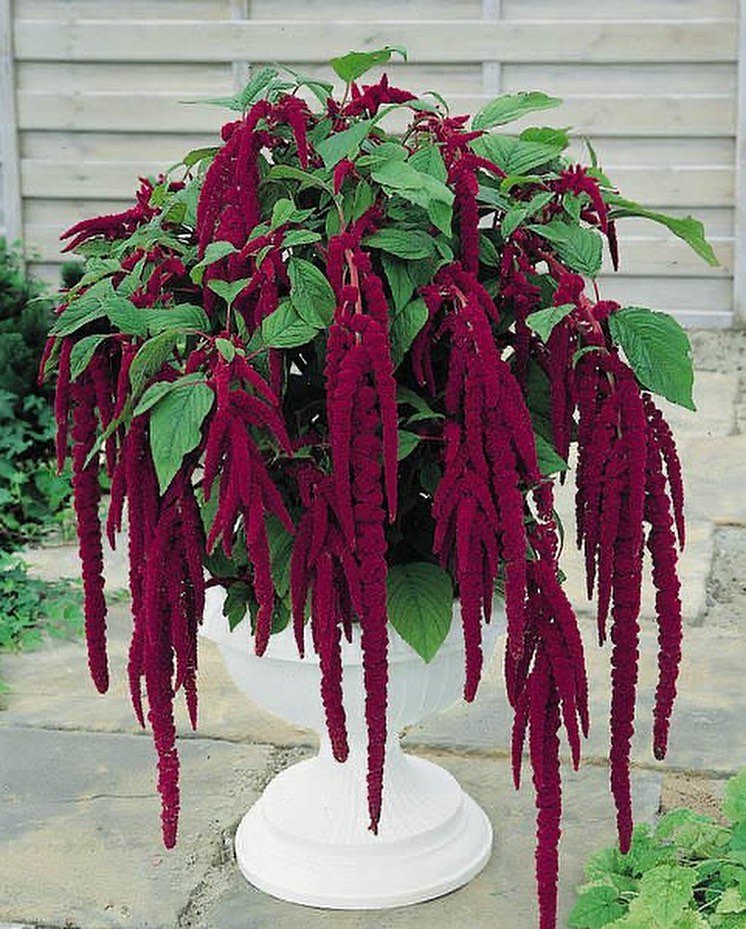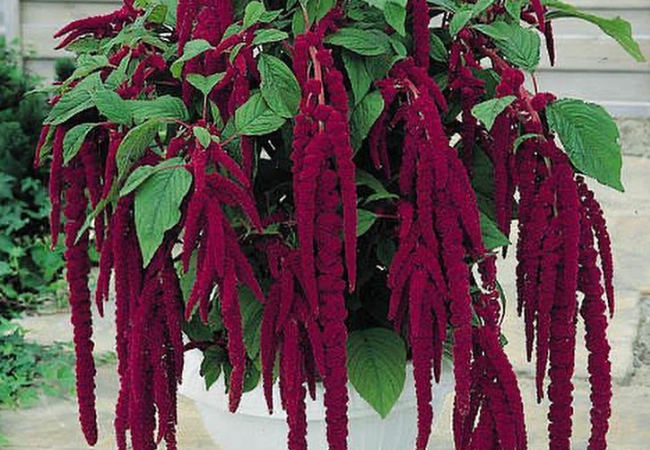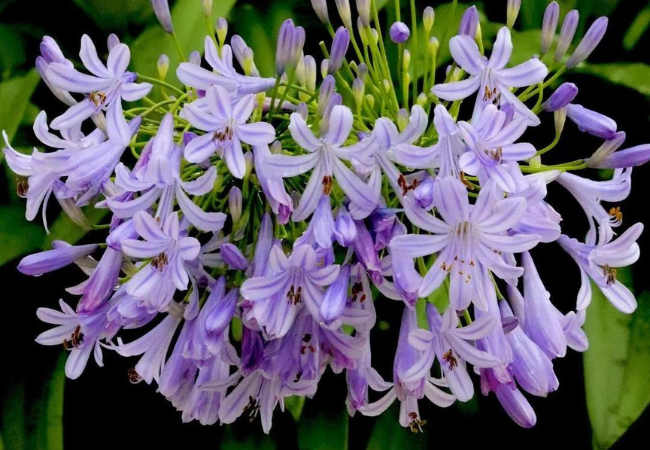Discover the unique beauty of Amaranthus flowers! Learn how to grow these tall, colorful plants in your USA garden. Get tips on planting, care, and the many uses of Amaranthus, from garden design to cut flowers.
Have you ever seen tall, feathery flowers in bright red, purple, or gold colors? Those might be Amaranthus flowers! These unique plants are becoming more popular in gardens across the USA. Let’s learn about Amaranthus and why you might want to grow it.
Here’s an easy and verified chart for Amaranthus:
| Category | Details |
|---|---|
| Botanical Name | Amaranthus spp. |
| Common Name | Amaranth |
| Plant Type | Annual or perennial (depending on species) |
| Hardiness Zone | Zones 2-11 (depending on species) |
| Sun Exposure | Full sun |
| Soil Type | Well-draining, fertile soil |
| Watering Needs | Moderate; drought tolerant once established |
| Growth Habit | Upright, bushy |
| Height/Spread | Varies widely by species; typically 1-8 feet tall, spread varies |
| Special Features | Colorful foliage and flowers (red, green, purple); used as ornamental or edible greens; attracts beneficial insects; drought tolerant |
What is Amaranthus?

Amaranthus is a group of plants that includes both flowers and grains. The flower types are known for their long, rope-like blooms. Some common names for Amaranthus are “love-lies-bleeding” “tassel flower” or “Joseph’s coat.”
For a detailed look at Amaranthus varieties, check out the Missouri Botanical Garden’s Amaranthus page.
How Amaranthus Looks
- Height: Amaranthus plants can grow anywhere from 1 to 8 feet tall!
- Flowers: The flowers look like long, thick ropes or tassels.
- Colors: You can find Amaranthus in red, purple, green, and gold colors.
- Leaves: The leaves are usually green, but some types have colorful leaves too.
To see different Amaranthus colors, visit the National Gardening Association’s Amaranthus gallery.
Growing Amaranthus
Want to grow Amaranthus in your garden? Here’s what you need to know:
- Sunlight: Amaranthus likes full sun.
- Soil: It can grow in many soil types but prefers well-draining soil.
- Water: Water regularly, especially when the plants are young.
- Temperature: Amaranthus likes warm weather and doesn’t do well in cold.
- Planting time: Plant Amaranthus seeds after the last frost in spring.
For more growing tips, check out Gardening Know How’s guide to growing Amaranthus.
Uses of Amaranthus in the Garden
- Tall background plants: Use Amaranthus at the back of flower beds for height.
- Cut flowers: The long blooms look great in flower arrangements.
- Dried flowers: Amaranthus dries well for long-lasting decorations.
- Edible plants: Some types of Amaranthus have edible leaves and seeds.
Learn about using Amaranthus in bouquets at Floret Flowers’ Amaranthus growing guide.
Benefits of Growing Amaranthus
- Easy to grow: Amaranthus is not hard to take care of.
- Attracts butterflies: The flowers bring beautiful butterflies to your garden.
- Drought-resistant: Once established, Amaranthus can handle dry spells.
- Unique look: These flowers add a special touch to any garden.
Find out more about the benefits of Amaranthus at The Spruce’s Amaranthus plant profile.
Caring for Amaranthus
To keep your Amaranthus healthy:
- Water deeply once a week in dry weather.
- Add compost to the soil before planting for extra nutrients.
- Support tall plants with stakes if needed.
- Remove dead flowers to keep the plant looking nice.
For more care information, visit HGTV’s guide to growing Amaranthus.
Common Problems and Solutions
- Leaf spots: This can be caused by too much water. Make sure the soil drains well.
- Floppy stems: Tall plants might need support. Use garden stakes to hold them up.
- Pests: Aphids sometimes like Amaranthus. A strong spray of water can remove them.
Amaranthus is a fun and different flower to add to your garden. Its tall, colorful blooms can make your garden stand out. Whether you want to grow it for its looks, to attract butterflies, or even to eat, Amaranthus is a versatile plant that’s worth trying.
For more information on growing flowers in your region, visit the Old Farmer’s Almanac gardening by region guide.
For more gardening tips and plant care guides, visit usagardenhub.com.






